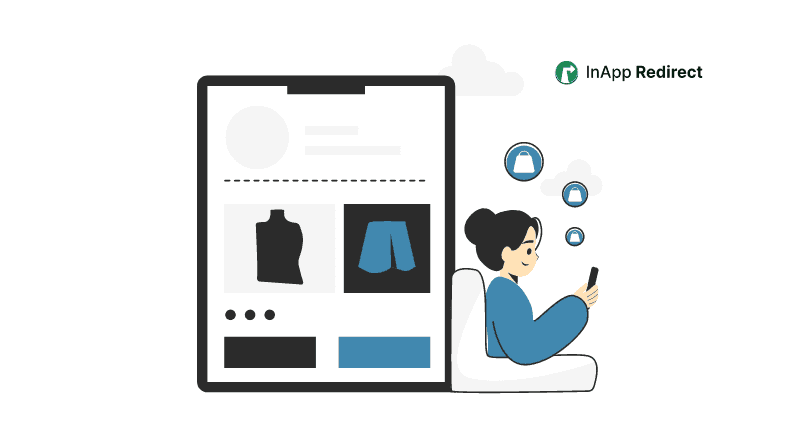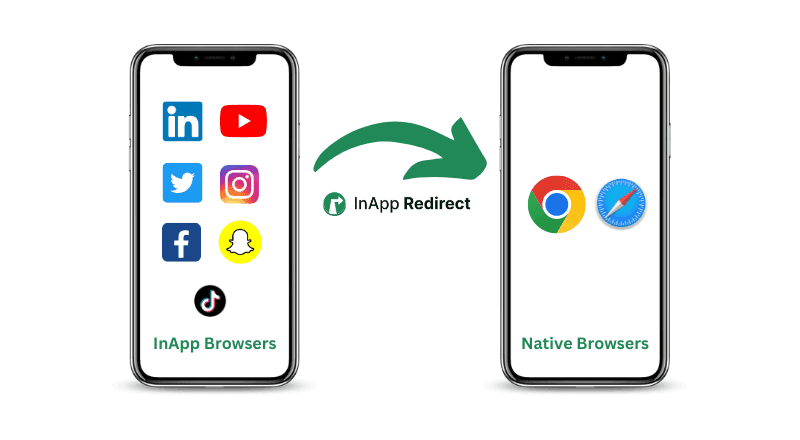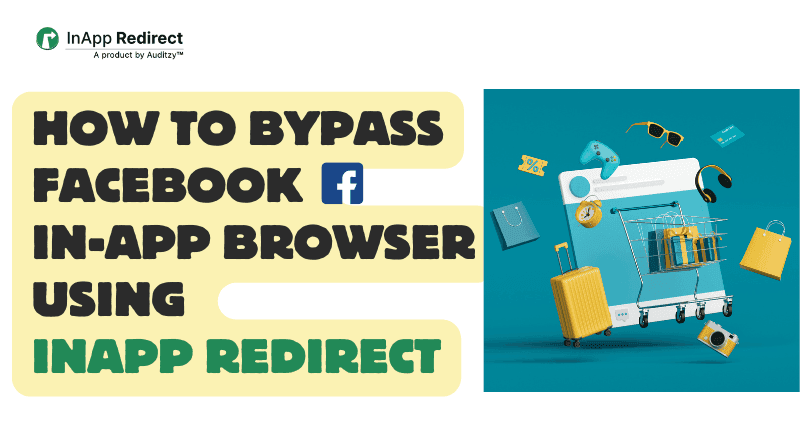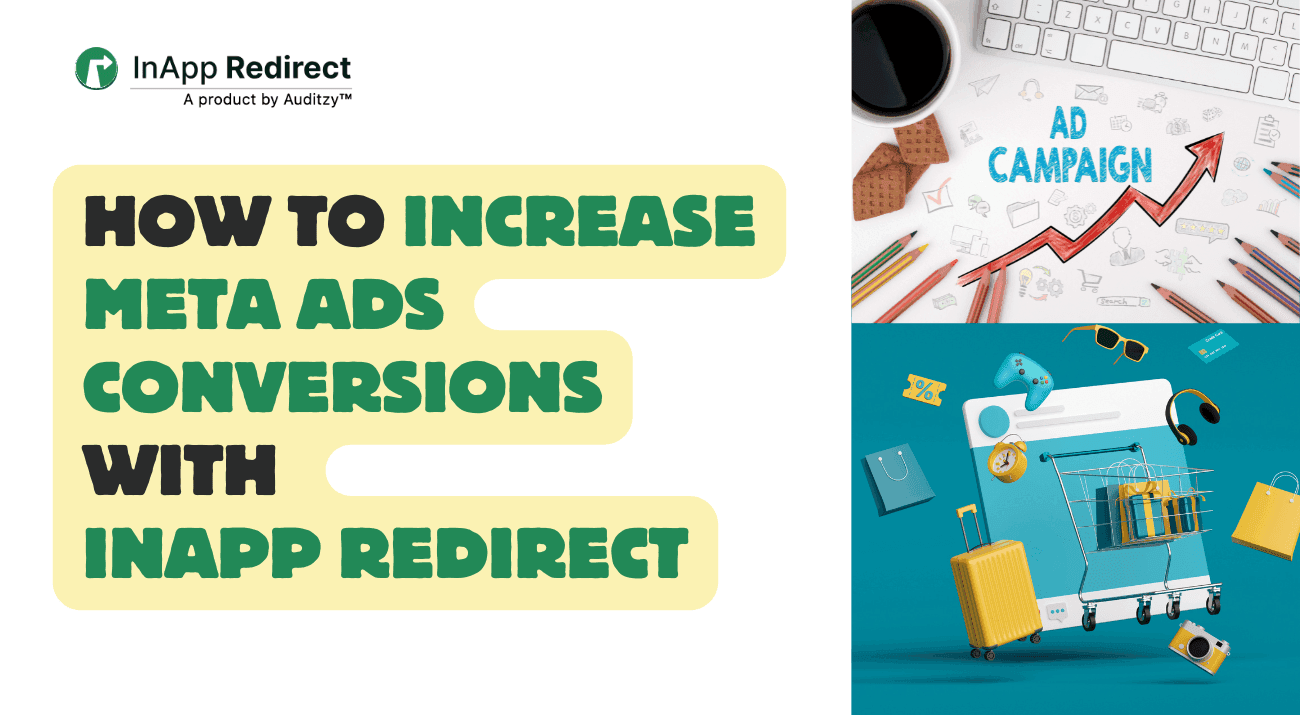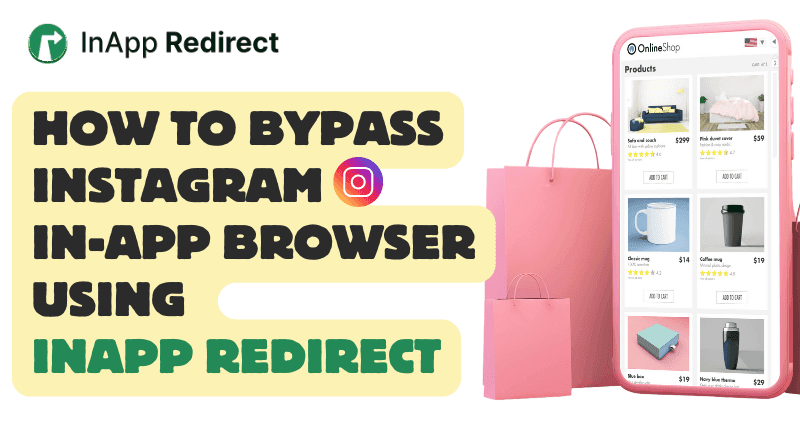As a performance marketer, optimizing every step of the user journey is crucial for driving conversions. When social ad clicks or campaign links open in an in-app browser, they often lead to poor user experiences, causing higher bounce rates and missed conversion opportunities. Redirecting links to the mobile device’s default browser can be a game changer, ensuring better performance and trust. In this blog, we explore how making this shift can significantly enhance user experience, improve conversion rates, and provide more reliable tracking.
If you want to understand the deeper reasons around why in-app browsers hurt conversions, this breakdown on Why In-App Browsers Are Killing Your Conversions explains the hidden friction they create inside Meta and Instagram campaigns.
For a broader perspective on browser behavior, we recommned reading our comparison: What Is the Difference Between In-App Browsers and Default Browsers?.
In-app browsers open links within social media platforms or apps like Facebook, Instagram, and Twitter etc. While convenient for keeping users within the app, they have several downsides that directly affect your marketing efforts:
This challenge is even more evident when running Meta ad campaigns. Here’s a detailed guide on How to Increase Meta Ads Conversions by fixing the browser environment where users land.
Auditzy’s real-user data findings also align with our Instagram-focused deep dive here: How to Bypass Instagram’s In-App Browser, where load times were 15% slower inside WebViews.
Opening links in the default browser ensures a more seamless user experience. Here’s why this shift is crucial for performance marketers:
Facebook’s WebView behaves similarly. This guide on Bypassing Facebook’s In-App Browser shows how tracking becomes unreliable inside the FB In-App Browser.
For performance marketers, ensuring that links open in the default browser can greatly impact ad performance and ROAS. Here are some best practices to consider:
If you’re evaluating different solutions, our In-App Browser Redirection Use Cases will help you understand which flows benefit the most from opening links externally.
To understand the privacy concerns around in-app browsers, read our detailed post: Security of In-App Browsers — What You Need to Know.
For performance marketers focused on maximizing ROAS and improving the user journey, ensuring that campaign links open in the default mobile browser of buyers is a simple but powerful strategy. By redirecting users away from in-app browsers, you create a seamless, secure, and engaging experience that drives higher conversions and offers more reliable tracking.
It’s time to move beyond the limitations of in-app browsers. Start implementing native browser redirects today with InApp Redirect for fee to boost your campaign performance and maximize your ad spend.
If you want to see how the solution works end-to-end, visit our InApp Redirect Homepage for features, setup documentation, and demo access.

